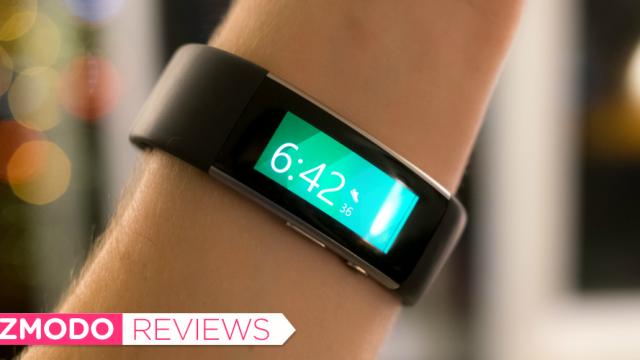Fitness wearables really only exist for one reason: To collect information about your health in order to coach and encourage you into being a better version of you. Even though the Band 2 sucks at being actually wearable, it’s still one of the best fitness trackers I’ve ever strapped on my wrist.
AU Editor’s Note: You can buy the Microsoft Band 2 in Australia for $379 at the Microsoft Store in Sydney.
What Is It?
Let’s get one thing out of the way first. Although the Band 2 has a screen like a smartwatch, costs the same as a smartwatch at $379, and sucks battery like a smartwatch, it is most definitely not a smartwatch. Yep, you can get your Facebook notifications and emails buzzed to your wrist, but it’s really a secondary, “hey why not” function.
Once you look at the sensors packed inside the Band 2, then you realise what this thing is really for. There’s an optical heart rate sensor, accelerometer, gyrometer, barometer, GPS, ambient light sensor, skin temperature sensor, UV sensor, capacitive sensor, galvanic skin response sensor, and last but not least, a microphone.
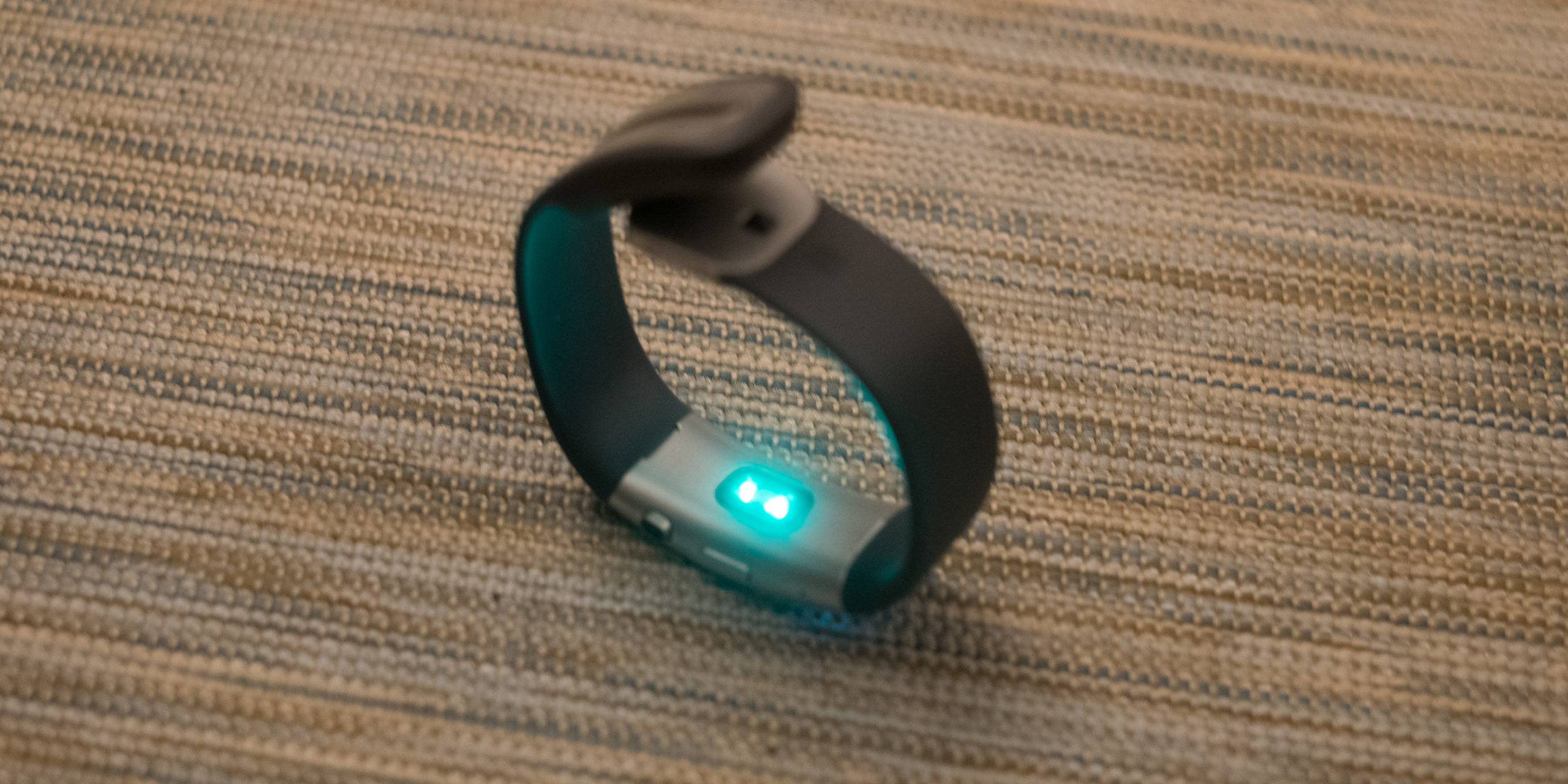
All that data is collected by the Microsoft Health platform, viewable on the cross-platform app or web portal. Wherever you look at the numbers, Microsoft tries its best to make sense of all the stuff it knows about you, put it in context with the rest of the population, and help you toward a healthier self.
A few subtle changes go a long way to making the Band 2 much better to wear than its predecessor. The screen is now curved to lie flush with your wrist and topped with a more scratch-resistant Gorilla Glass. The display itself is now wonderfully bright and sharp, while the buttons remain uncomplicated and easy to press.
But it’s where the design hasn’t changed that has me still scratching my head. Despite the curvy screen, it’s not nearly all-day comfortable, and the battery bulge digs into my wrist within an hour.
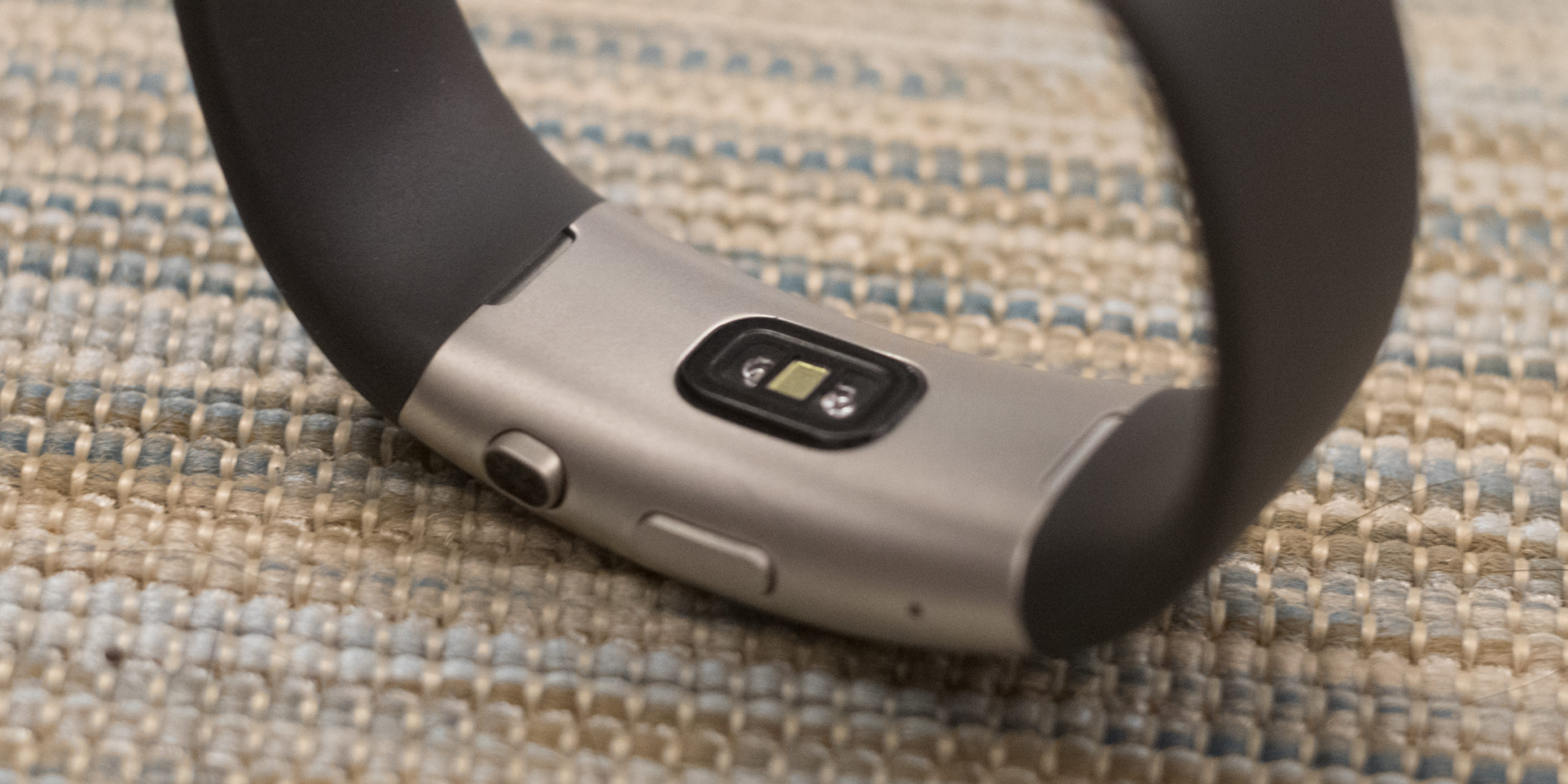
With the bulky clasp on one side and the screen on the other, the Band 2 makes working on a computer a nightmare. No matter how you rotate the band, you’ll still have something scraping against your palm rest. Not to mention, the screen layout still doesn’t really make sense. It’s a landscape screen strapped the wrong way to my wrist, which means that every time you glance down, you’re reading sideways. Moving the screen to the inside of my wrist helped with that, but then you’re left showing an odd-looking clasp to the world. Not exactly something you want taking up precious wrist real estate.
What’s It Like?
Once you start working out, the pain and annoyance of the hardware design goes away, and that’s where the band really begins to shine. Starting an activity takes a couple taps on the responsive screen, and then you’re good to go. If you’re using a pre-loaded workout (more on that later), the Band helps you count reps and track time. Otherwise, it just gives you a readout of your workout.
The stats it gathers are accurate, and seriously useful. Normally, I use a Garmin Fenix with a separate heart-rate strap to monitor my workouts. It’s annoying, because I have to remember to charge it up before going, put up with wearing a chest strap for multi-hour sessions, and then sync my data up with a phone if I want to look at it later. But the trade-off of doing all that is granular detail about every workout, how hard I exercised, and stuff like a VO2 max stat without having to wear an oxygen mask.
The Band 2 offers all the same stuff, but in a nicer software package and without any kind of hassle. If you’re wearing it all day, there’s no need to change watches when you start exercising. It’s especially fun for things I do that aren’t necessarily ‘workouts’ — biking around town or going to the climbing gym. I’ve tracked those before with a more basic fitness tracker, but having the always-on heartrate and GPS is killer.
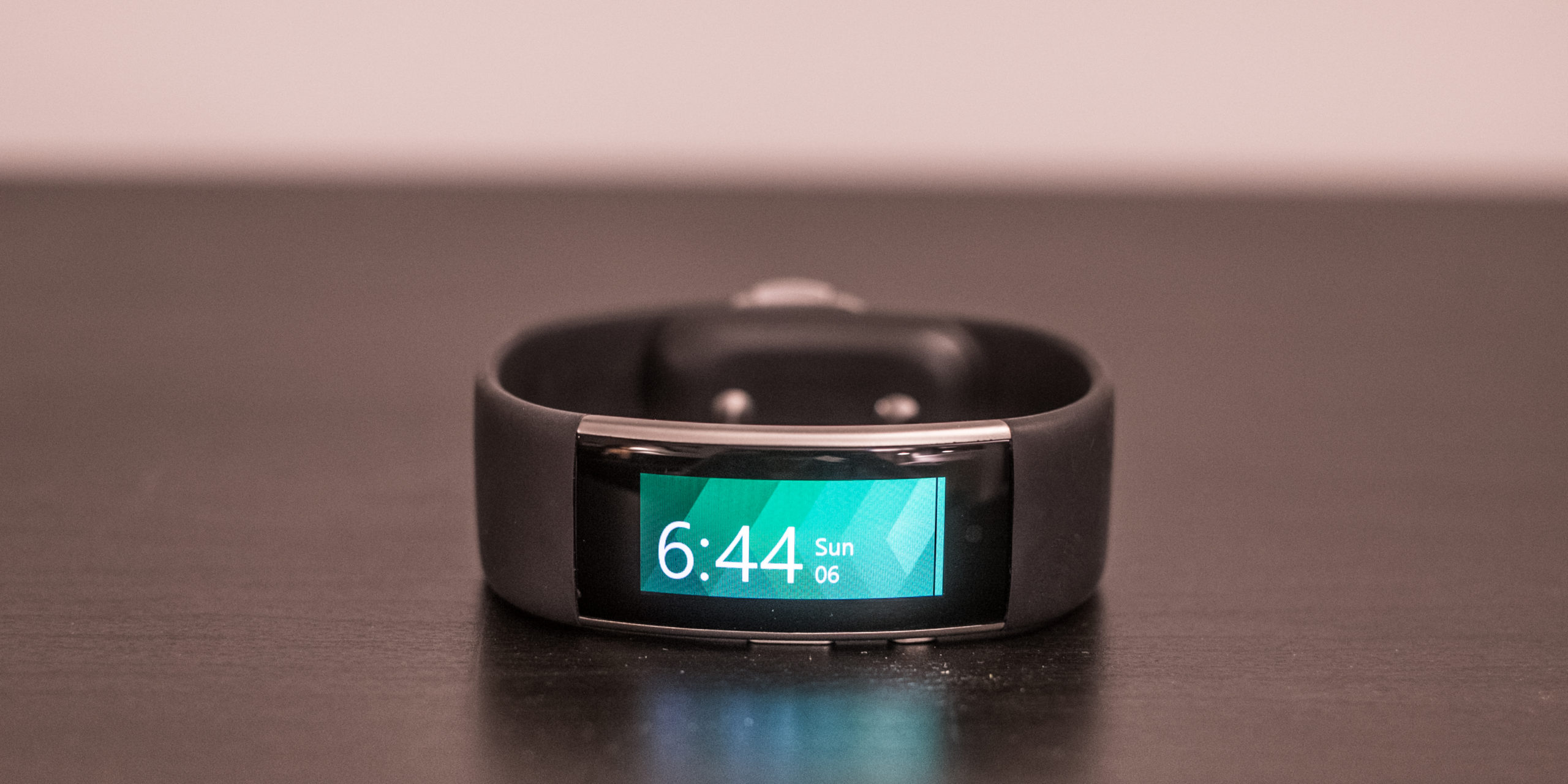
As a more general day-to-day fitness tracker, it also works pretty well. Just like its predecessor, one button lets you flick through things like calorie and step goals for the day, without having to dive into any menus.
The smartwatch-esque notifications work just fine, with a buzz alerting you to a new email or text. But beyond that, it’s nearly useless as a day-to-day companion. Apps barely go beyond the very basic. You can technically pay for Starbucks, but that requires going to the dedicated app and loading in balance off a gift card, and I pretty much guarantee no-one has the time for that.
I’m not a fan of feature-heavy smartwatches. I think Pebble does pretty well with its stripped-back UI — but even I find the Band lacking. Forget mapping — you can’t even change songs with the Band 2.
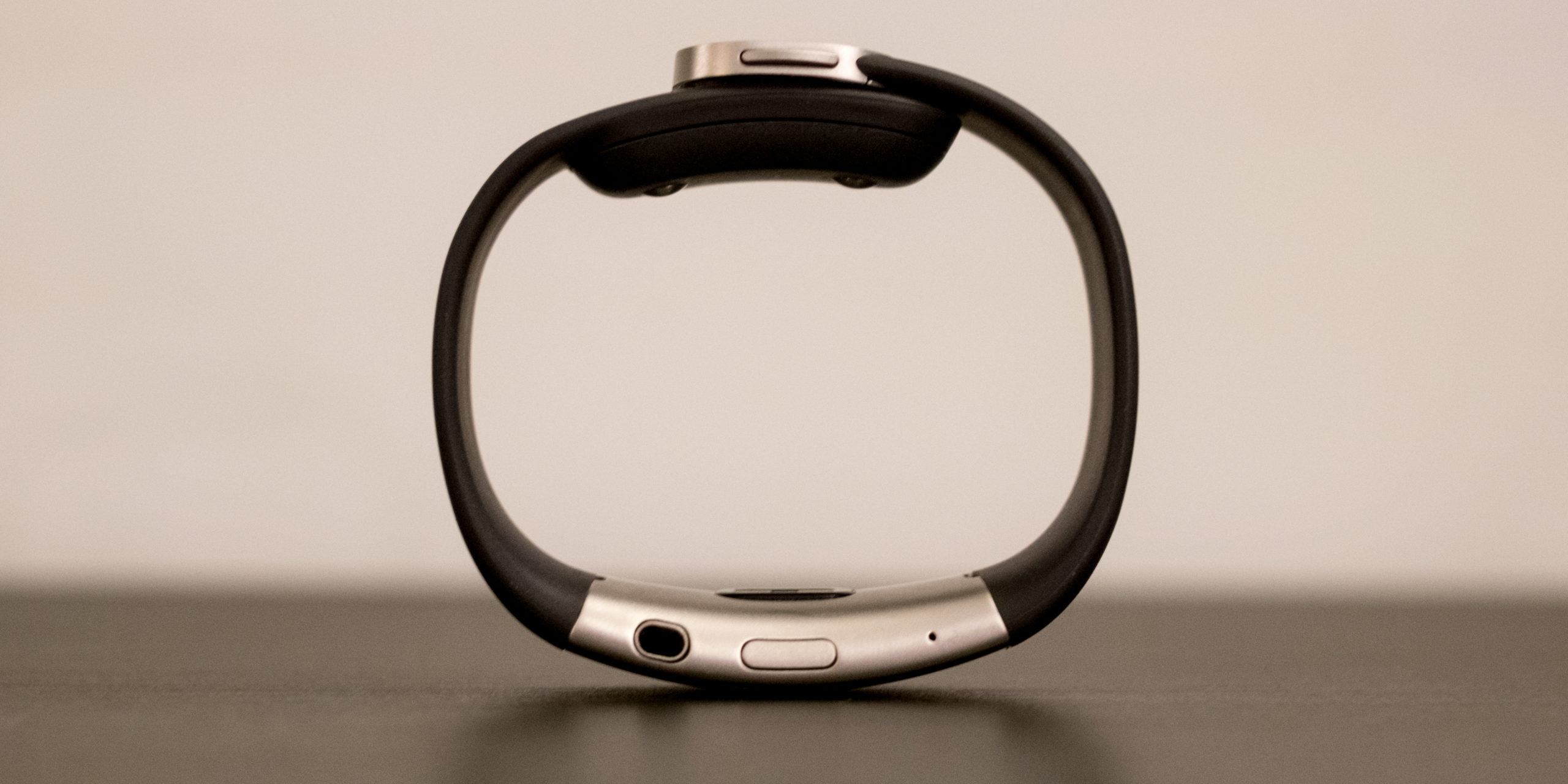
What’s It Good At?
The Microsoft Health software is really the star of the show. There’s apps for iOS, Android, and Windows Phone, and also a central web portal. It’s all managed using your Microsoft ID, so setup is fairly painless. The cross-platform syncing happens effortlessly, and it’s fantastic — I can log into the web dashboard on my desktop, and see what I’ve been up to this week. More than that, though, the Health dashboard gives you an easy way to improve. You can compare your stats to people of the same age group and weight, and see where you’re lacking.
Once the graphs have sufficiently shamed you for being weak and lazy, the Band is good for setting you up with workouts. There’s a bunch of free workout routines, organised by type and difficulty level, and with videos to show you proper form. One tap loads them onto the Band, and then there’s really no excuse about forgetting training schedules when you get to the gym.
What’s It Not Good At?
The hardware is still too uncomfortable to wear day-to-day, and that’s a big problem for something you’re meant to leave on while sleeping. The screen orientation leaves me bending my neck to try and tell the time. It’s also still not waterproof — Microsoft says it’s water-resistant, but you also probably shouldn’t wear it showering and definitely not swimming.
Battery life is around two days, depending on the number of GPS-tracked workouts you do. That sucks, because it means you’ll be charging it overnight every other night, rendering the sleep-tracking feature sadly underused.

Should You Buy It?
There’s a whole plethora of fitness trackers out there, some of which have all the same sensors that the Band is packing around the same $379 price. They also come in packages that look prettier and don’t slowly eat your wrist over the course of a day. In other words, you should probably buy one of those.
But while the hardware of the Band itself sucks, the Microsoft Health software is leaps and bounds ahead of the competition. It isn’t limited to Band users — you can already integrate with apps like RunKeeper and Strava, and that list keeps increasing. In a lot of ways, the Band feels like a Microsoft proof-of-concept, sorta like the original Surface tablet, or Google’s earlier Nexus phones. It’s a way of highlighting the fantastic cross-device platform Microsoft has created, but no-one else is using. And while I’m never going to wear the Band 2 day-to-day, Microsoft will still be getting all the details about my gym sessions.
